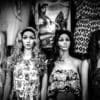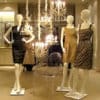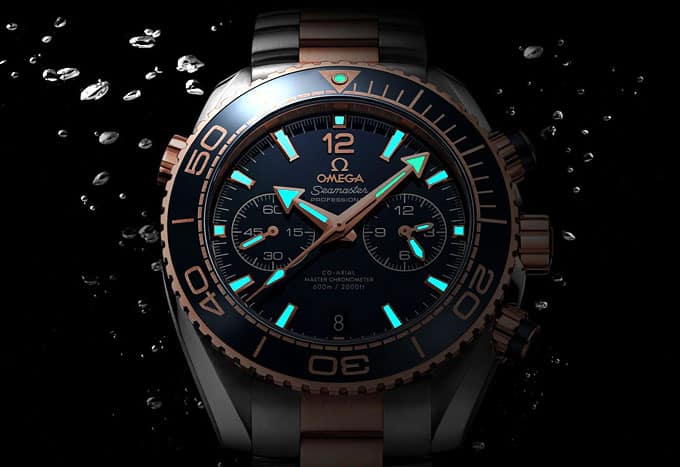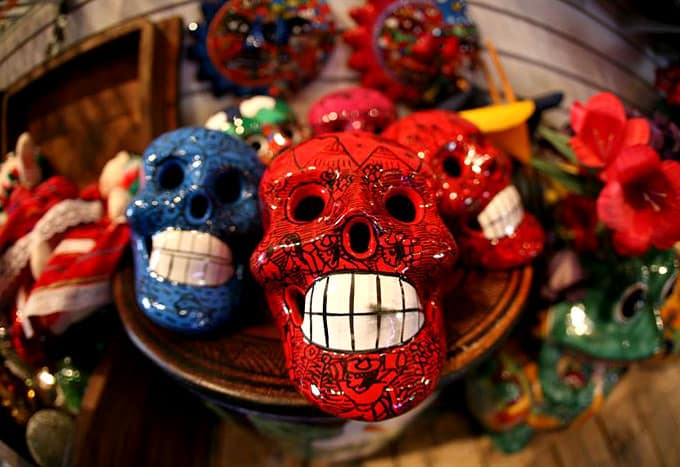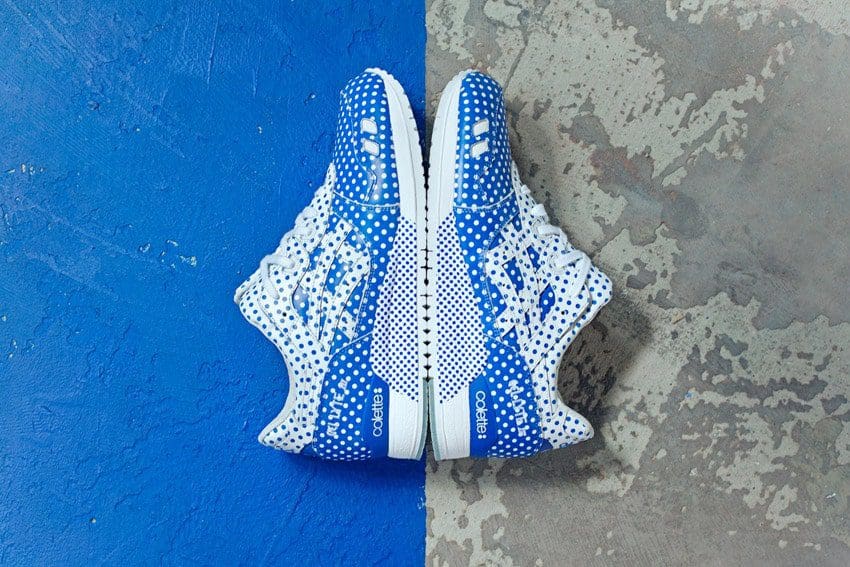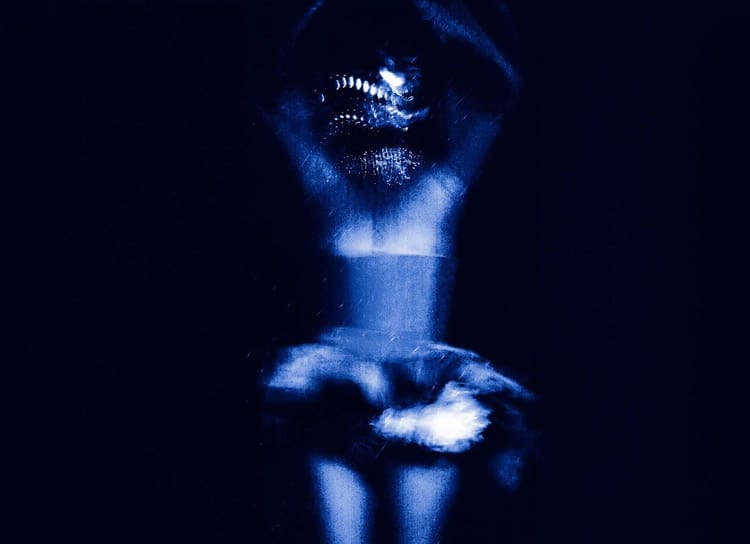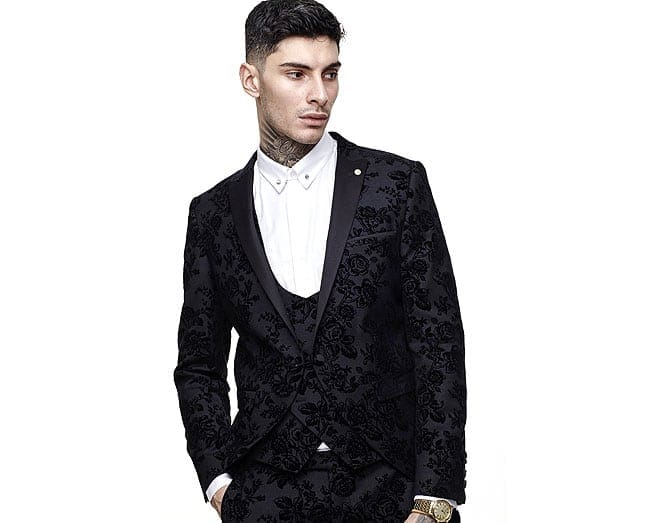Life imitates art: How shop mannequins have influenced body image – words Al Woods
For the past hundred years or so, the history of shop mannequins has parallelled the history of fashion. Since they were first introduced in the mid-nineteenth century, mannequins have undergone significant and era-defining changes in shape. Today, they reflect society’s changing attitudes towards both consumer behaviour and the human form.
Mannequins have long been expected to conform to certain moral codes, but are these changes a case of art imitating life, or life imitating art?
Shop dummies before the war
Victorian mannequins were mostly clumsy and heavy, often weighing upwards of 300 pounds. Made out of wax and wood, and frequently given false teeth and real hair, these dummies emphasised the way clothes would look on a realistic human body. With big busts and tiny waists, some of these reflected an idealised (and, for the time, sexualised) female body shape, while others were far more lifelike, coming in sizes up to 18. This was supposedly a hangover from the era when carrying more weight was seen as a sign that you had the wealth to be able to eat well.
As department stores proliferated and shops featured ever larger plate glass windows overlooking the streets, a whole industry of retail display and window merchandising grew up around creating a visual narrative. Such settings included the likes of passengers on a cruise liner and idealised family scenes. According to Prop Studios, the UK’s longest-running retail design agency, shop mannequins have “transformed the shop window into a performative space”, revolutionising the industry. Heralding a new way to sell clothes, mannequins became aspirational stand-ins for real shoppers, intended to encourage passers by to imagine themselves in the clothes, and scenes, that were on display.
In the early 1900s, members of the Women’s Christian Temperance Union protested stores in opposition to mannequins modelling corsets, lobbying for them to be banned. In response, some cities passed laws forbidding the dressing or undressing of mannequins in public view, requiring shop owners to cover shop windows before stripping the models down. It marked the beginnings of a new censorship of the female body.
Mannequins, war and family values
With the onset of the First World War, women took on laborious industrial jobs for the first time, replacing men who had been conscripted to the front line. Shop window mannequins, reflecting this social change, shed their hats, unlaced their corsets, and even began to display ankles and knees. Pierre Imans became a leading mannequin manufacturer of the period, making wax mannequins that were more flat-chested and androgynous-looking. Bringing about some of the first mannequins with darker skin tones, Imans modelled a mannequin after dancer, singer, and actress Josephine Baker. He also showcased an androgynous lesbian couple, exhibited outside the Moulin Rouge in Paris.
As the thirties drew to a close and the world fell once again into the throes of war, the shop window became more subdued; the glamorous models of only a few years previous were now dressed more conservatively to evoke a sense of patriotic duty. Scenes matured, shedding luxury and frivolity for practicality and restraint.
But the war also brought about a turning point in body ideals for men and women alike. Male mannequins, though still rarer than those depicting female figures, acquired a renewed masculinity, moving away from the slimmer figures that had portrayed the wealthy socialites of the previous decades. While male figures became larger and bulkier, female mannequins became fuller-figured, marking a return to the hourglass shape.
From the end of the war and into the fifties, there was a reaffirmation of family values; retail displays became less about the clothes mannequins wore, and more about the way they wore them. Displays depicting domestic scenarios of the idealised housewife and male breadwinner taught consumers to aspire to a more conservative social order.
The supermodel era of the 1960s and 70s
Mannequins from the sixties onwards embodied the changing beauty standards of the counter-cultural and sexual revolution. Shifting away from the standardised rounder figure for the second time that century, the stick-thin mannequin reigned supreme. Thanks to the introduction of new fibreglass materials, mannequins became lighter and sturdier too.
It became hugely popular for these mannequins to be modelled on the bodies and facial features of high-fashion celebrities of the day, with supermodel Twiggy being one of the most prominent examples. During the US Civil Rights movement, the first well-known ethnic figures since Josephine Baker appeared in mannequin form, designed by Rootstein company after the actress Donyale Luna.
The more faceless mannequins of the seventies brought about even more stylised scenarios, with retail design coming to depict less realistic and more fantastical scenes. Models appeared perched atop props and in fluid movement, often against a backdrop of bright and abstract art.
Diversifying the shop floor – mannequins from the eighties to the present day
Entering the eighties, mannequin styles became increasingly diverse. New aerobicized bods sported the clothing associated with their physique: the high fashion outfits of the previous decade were put aside for the likes of trainers, sweatshirts and velour shorts. Meanwhile, though the stick-thin, ‘heroin-chic’ figures of the nineties continued to imitate those of Kate Moss and other supermodels of the day, models with augmented breasts and buttocks also began to emerge through the noughties. These were dubbed ‘fibreglass fantasies’.
Today, there is pressure for store mannequins and retail display to become more realistic again—to portray the every man or woman as they feasibly see themselves. In 2014, the flagship Manhattan store of notorious clothing brand American Apparel added pubic hair to its mannequins, visible behind the sheer lingerie they were modelling, and sparked outrage on Twitter. Some argued for the enlightened representation of ‘real women’, while others regarded it as a cunning stunt, contingent upon their sexualisation.
It’s no wonder, then, that the fashion industry is criticised for peddling a fantasy that has a negative impact on body image. Stores remain more inclined towards tall, thin and increasingly abstract forms, and that seems unlikely to change so long as evidence suggests thin models sell more clothes. Plus-sized, ethnic and differently-abled mannequin designs are becoming more common, but for many, this remains a marketing ploy by fashion retailers purporting to represent diversity. Missguided’s recent line of in-store mannequins have been hailed as “a step in the right direction” by The Independent (and Twitter) for representing multi-ethnic women with skin conditions such as freckles and stretch marks. However, the mannequins have still come under fire for not representing diversity when it comes to model size.
In as much as the art of mannequin design has sought to imitate life, fashion retailers have long used mannequins not simply to sell clothes, but to sell buyers a better version of themselves. Thus is how fashion works. No matter how diverse these differently formed mannequins are, it certainly looks set to be a case of life imitating art for a little while yet.
Life imitates art: How shop mannequins have influenced body image – words Al Woods


